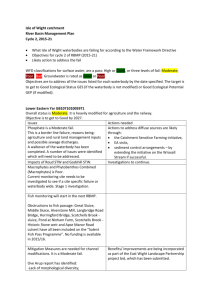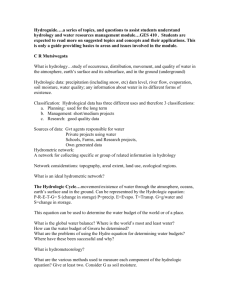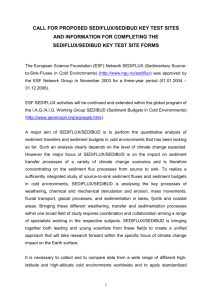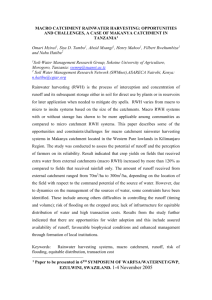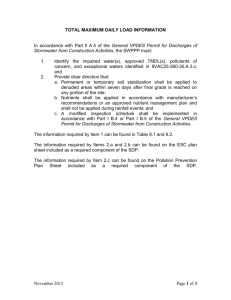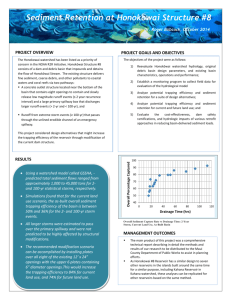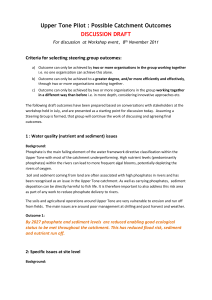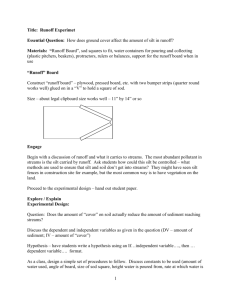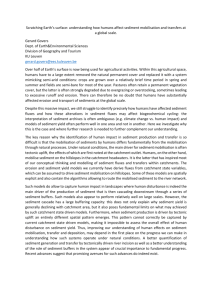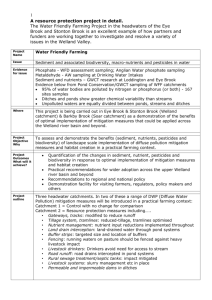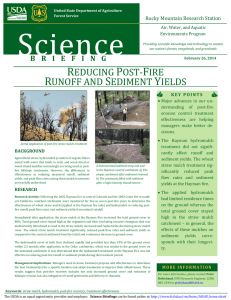Click
advertisement
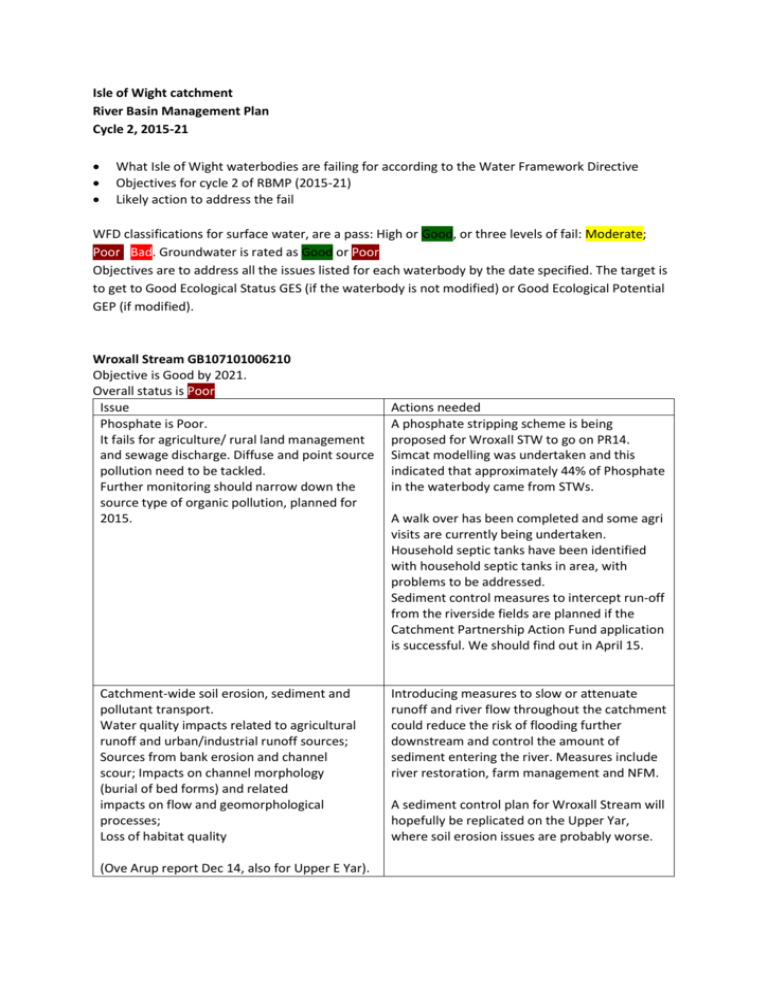
Isle of Wight catchment River Basin Management Plan Cycle 2, 2015-21 What Isle of Wight waterbodies are failing for according to the Water Framework Directive Objectives for cycle 2 of RBMP (2015-21) Likely action to address the fail WFD classifications for surface water, are a pass: High or Good, or three levels of fail: Moderate; Poor; Bad. Groundwater is rated as Good or Poor. Objectives are to address all the issues listed for each waterbody by the date specified. The target is to get to Good Ecological Status GES (if the waterbody is not modified) or Good Ecological Potential GEP (if modified). Wroxall Stream GB107101006210 Objective is Good by 2021. Overall status is Poor. Issue Phosphate is Poor. It fails for agriculture/ rural land management and sewage discharge. Diffuse and point source pollution need to be tackled. Further monitoring should narrow down the source type of organic pollution, planned for 2015. Catchment-wide soil erosion, sediment and pollutant transport. Water quality impacts related to agricultural runoff and urban/industrial runoff sources; Sources from bank erosion and channel scour; Impacts on channel morphology (burial of bed forms) and related impacts on flow and geomorphological processes; Loss of habitat quality (Ove Arup report Dec 14, also for Upper E Yar). Actions needed A phosphate stripping scheme is being proposed for Wroxall STW to go on PR14. Simcat modelling was undertaken and this indicated that approximately 44% of Phosphate in the waterbody came from STWs. A walk over has been completed and some agri visits are currently being undertaken. Household septic tanks have been identified with household septic tanks in area, with problems to be addressed. Sediment control measures to intercept run-off from the riverside fields are planned if the Catchment Partnership Action Fund application is successful. We should find out in April 15. Introducing measures to slow or attenuate runoff and river flow throughout the catchment could reduce the risk of flooding further downstream and control the amount of sediment entering the river. Measures include river restoration, farm management and NFM. A sediment control plan for Wroxall Stream will hopefully be replicated on the Upper Yar, where soil erosion issues are probably worse. High connectivity of surface water and drain networks leading to rapid delivery of peak flow during storm events. Other issue, Himalayan Balsam which is present along the stream, pulling/ spraying to be undertaken. Macrophytes and Phytobenthos Combined (Macrophytes) are Poor. Linked to the phosphate failure, but flow is also an issue because of the amount Himalayan Balsam in-channel. To build on the Defra LAG funding from ??
